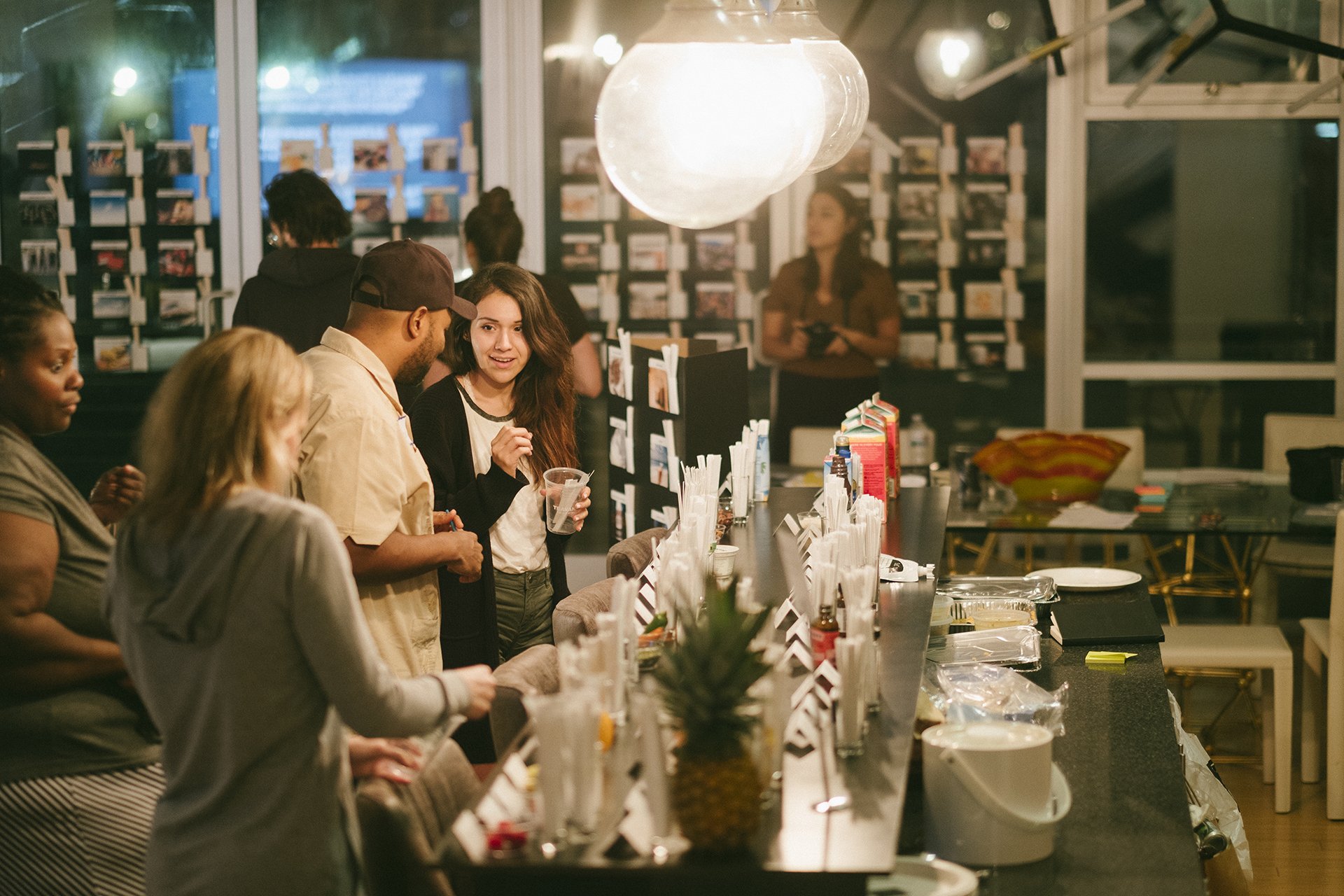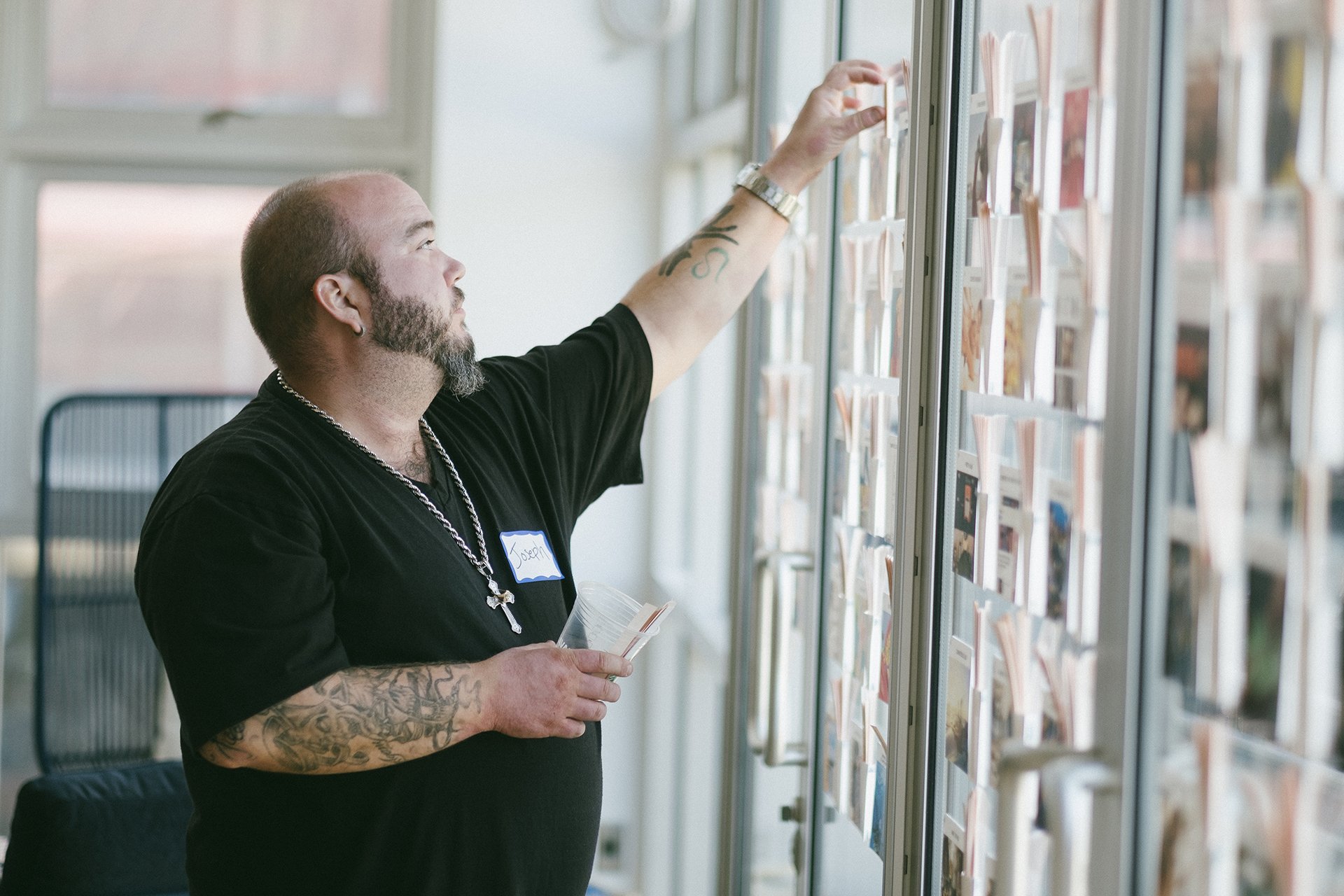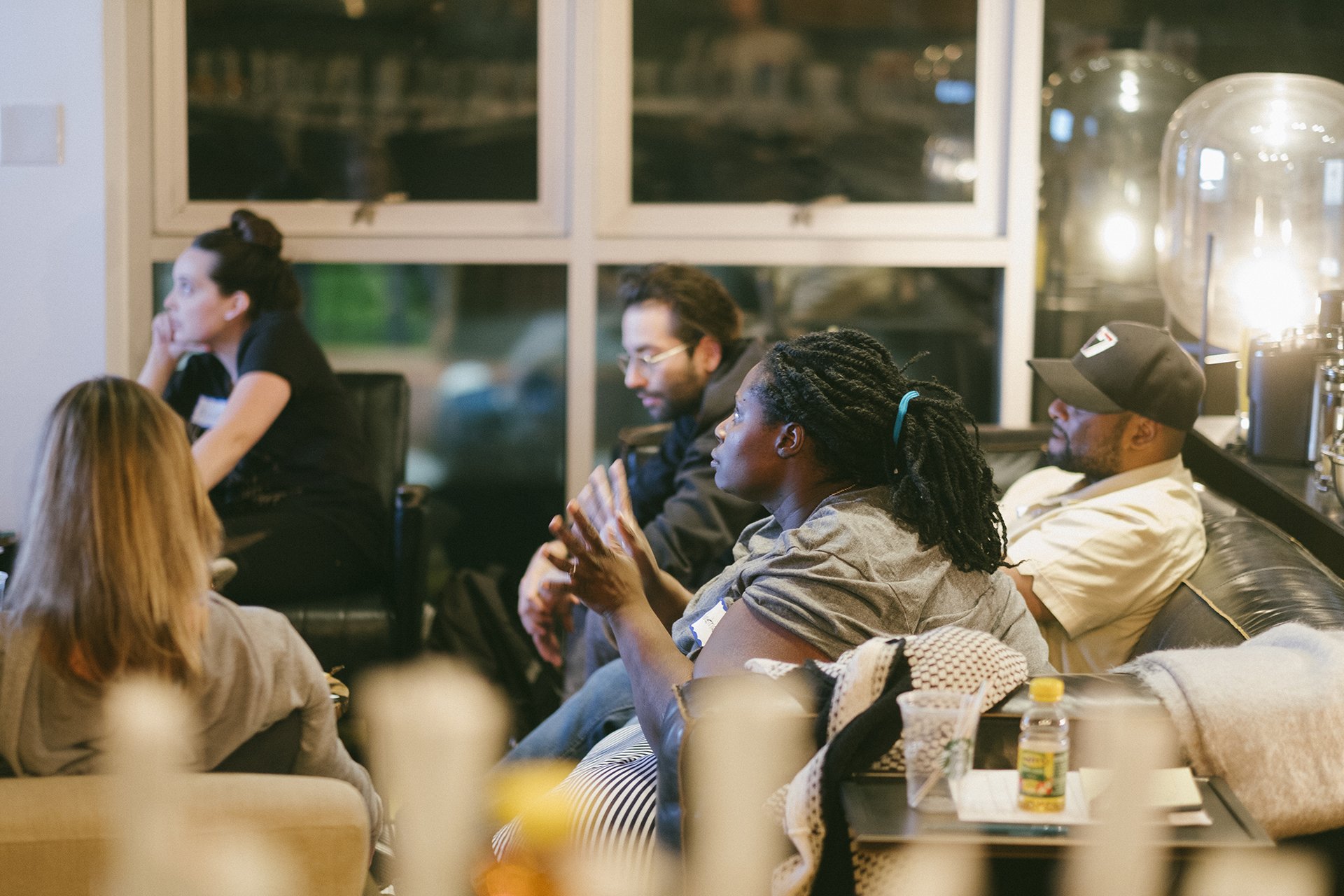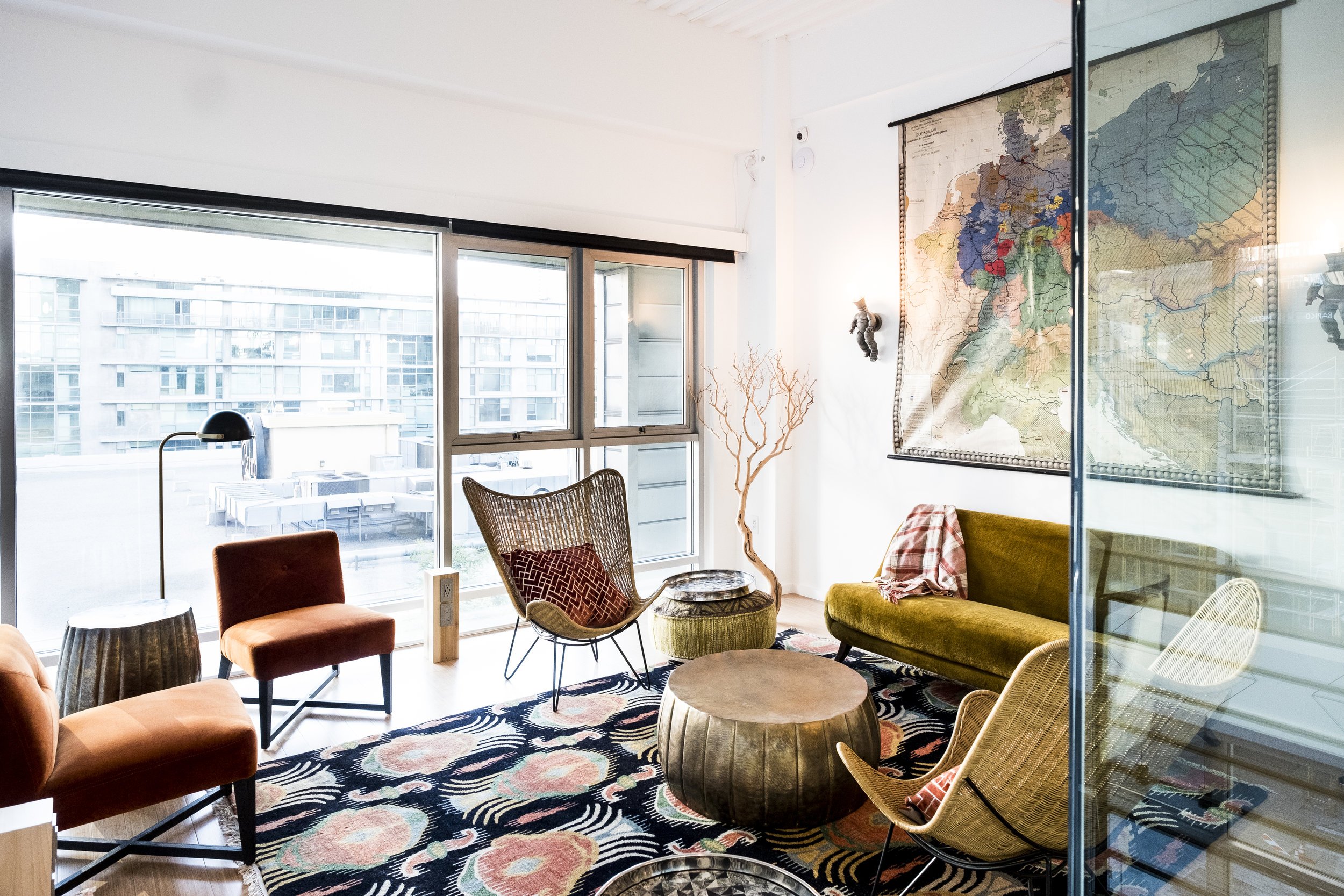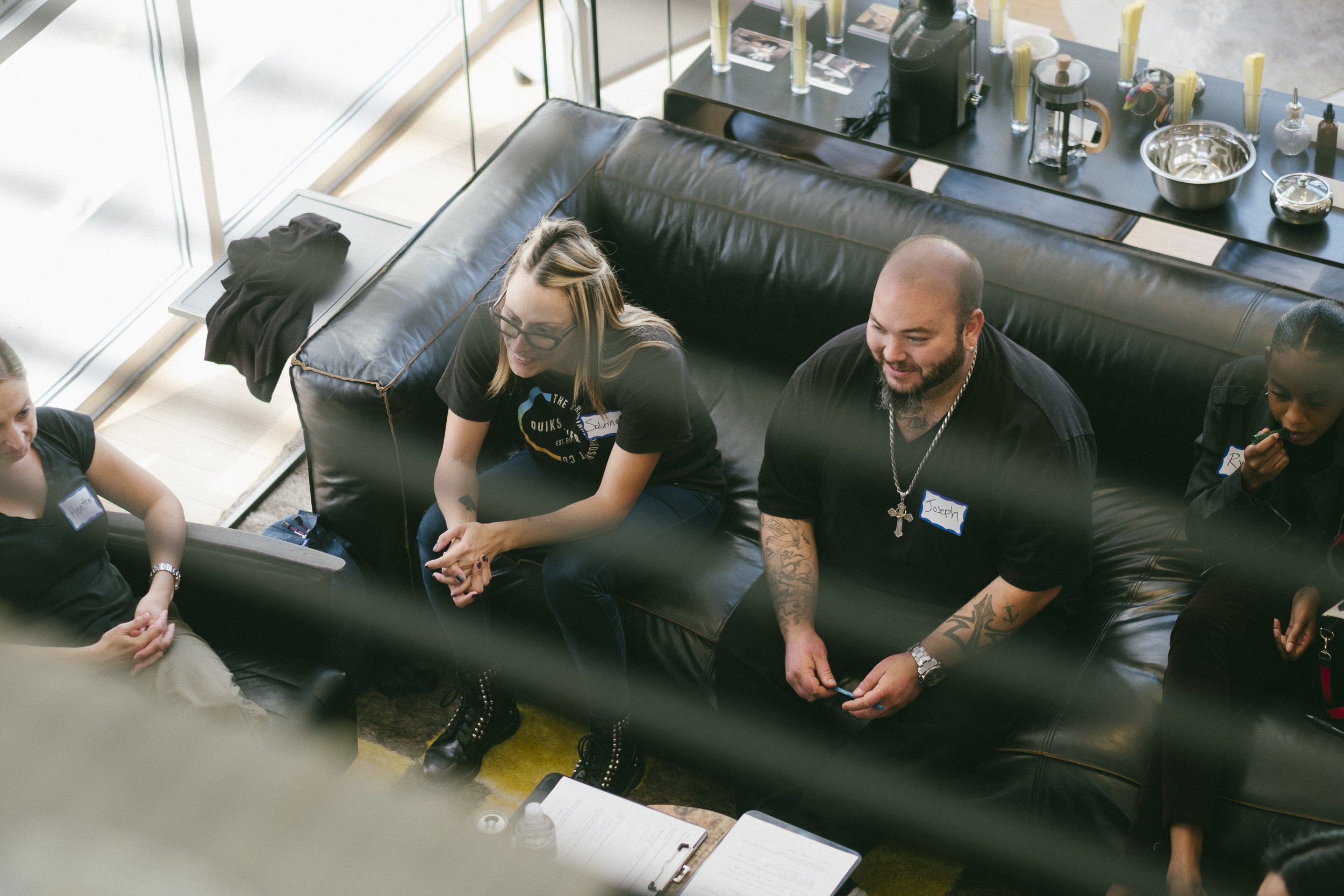The End of the Backroom: Five Keys for Modern Empathetic Qualitative
The focus group facility is a strange place. It was meant to serve as a laboratory for researchers to test products and marketing concepts in a sterile, almost clinical environment. This is readily apparent when you consider the traditional focus group setting: a windowless room with bare, beige walls to eliminate distraction and focus the attention on the discussion or stimulus. Cameras and microphones dangling from the ceiling to ensure that everything is captured. A back room shielded by a one-way mirror, allowing research teams to listen from a safe distance, discuss what they’re hearing privately, and take notes unobtrusively, without ever having to interact with the participants.
This setup has been the standard for decades, and it still works well for many studies. But over the last several years, needs and perspectives on research have evolved, and researchers are increasingly seeking insights that emerge from organic conversation and behavior. By entering the space described above, participants are, by design, primed to act and interact in an unnatural manner that likely differs from how they would behave in the real world.
Authentic, human insights are gained by emulating a more natural environment. As researchers, we must be willing to let some of our outdated “facility” habits go and adopt a new set of practices that facilitate more empathetic qualitative research. Below are five keys for empathetic qualitative.
1. Leave the back room. Back rooms create an artificial barrier and are the single most significant contributor to the “old” clinical style of observation. Get out there and talk to your consumer face to face. Listen. Stop taking notes. Allowing everyone – respondent, moderator, and researcher alike – to engage with one another will level the playing field and facilitate more intimate interaction on a human level. Instead of a silent observer, think of yourself as a participant observer – there to take it all in, but also to play an active role in getting great insights by speaking directly to your audience. It’s a big adjustment, but perhaps the most important.
2. To get away from the facility, get away from the facility. Traditional focus group facilities are maybe one step above an interrogation room. While some facilities may offer a “living room” setup, that too often feels contrived. Find new space. If it’s space you’d like to spend time, chances are your customers will want to spend time there, too. Since we’ve let go of the notion of a back room and mirror, your options dramatically increase. Comfort leads to a much more authentic conversation. Let them move about the room freely, sit where they’d like, kick back, and enjoy themselves. And feel free to do the same!
3. Ditch the guide. Really. Imagine having a conversation with someone, and one of you keeps looking at his or her watch and handful of notes. Awkward pauses. Page turning. Not natural. While a discussion guide is not a script, the conversation can still feel scripted. Liberate yourself from the confines of a strictly guided conversation, and instead engage in natural conversation while being mindful of the overall project objectives. Those used to scripted, clinical style qualitative may balk at first, but they need to understand the end answer can still be achieved even if questions and probes are not perfectly sequenced.
More energetic and alive than a classic focus group facility, WhiteSpace DTLA is designed to put consumers at ease for a more authentic conversation.
4. Think cocktail party, not academic conference. Put another way, use plain language and don’t be weird. Even educated participants may not be steeped in the industry jargon that you are used to throwing around the office every day. Speak in everyday colloquial language, the kind you would use when talking to a friend or family member, and phrase questions in a way that will be easy to answer. Imagine you are at your friend’s house meeting new people for the first time at a cocktail party. Think about how you might behave in that setting, and do that. It will be fine.
5. Throw out the old rule book, but there’s a new one. Eliminating the backroom, participating instead of observing, cool space instead of clinical facility, no guide, and actual conversation? Sounds likes it’s a whole new world. Yes, it is. This modern approach of truly immersive, empathetic, inspirational qualitative requires a new rule book that, perhaps not surprisingly, is welcomed by consumers but pushes some clients out of their comfort zone. Hypothesis has developed a set of “Best Practices” designed to help clients embrace this approach.

